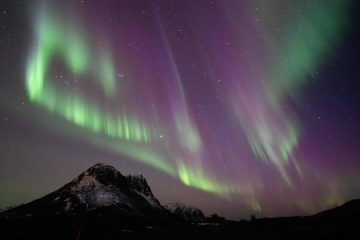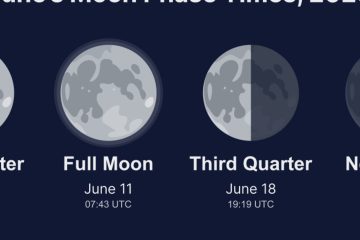Understanding the Lyrids Meteor Shower: A Springtime Spectacle

Introduction to the Lyrids Meteor Shower
The Lyrids meteor shower, one of the oldest documented meteor showers, occurs annually in April. This spectacular natural event draws the attention of astronomers and stargazers alike, providing a stunning display of meteors as Earth passes through the debris left by comet C/1861 G1 Thatcher. Observing the Lyrids offers a glimpse into fall cosmic events, reminding us of our connection to the universe.
Peak Viewing and History
This year, the Lyrids are expected to peak on the night of April 22 and into the early hours of April 23. Under optimal conditions, viewers can witness approximately 20 meteors per hour. Historically, the Lyrids have been recorded for over 2,600 years, with references found in ancient Chinese texts, marking its significance in both historical and modern astronomy.
What to Expect During the Lyrids
The meteors of the Lyrids can be bright and may leave trails, or “persistent trains,” as they streak through the atmosphere at speeds of about 110,000 miles per hour. This year, observers may have to contend with moonlight, as the first quarter moon will affect visibility. However, the meteors can still be seen, particularly in darker areas away from city lights.
How to View the Lyrids Meteor Shower
To enjoy the Lyrids meteor shower, find a dark location away from streetlights, and lie flat on your back with a clear view of the sky. Give your eyes about 20 minutes to adjust to the darkness. While no special equipment is needed, binoculars or telescopes are unnecessary as the meteors can be seen with the naked eye. The best viewing times will be in the hours before dawn, when the sky is darkest.
Conclusion: Importance of the Lyrids Meteor Shower
The Lyrids meteor shower serves as a reminder of the wonders of our universe. It not only offers a spectacular visual experience but also provides valuable insights into the behavior of comets and the cosmic phenomena of our solar system. This spectacular annual event encourages budding astronomers and astrophotographers to engage with the sky and fosters a greater appreciation for the sciences. Whether you are a seasoned observer or a first-time viewer, the Lyrids meteor shower is a chance to connect with the cosmos and reflect on our place within it.









